Research Approach
The selection of research themes in our laboratory is fundamentally needs-orientated, based on our strong network-exchange with industries and related academic societies. We have been carrying out several collaborative advanced research development projects with industries, and also actively partaking in national projects on conducting extremely high-risk research topics between industry-university-government. Rather than in return only making profits to a specific company, our main motivation is to execute research topics that will potentially benefit the whole society.
We analyze physical phenomenon not only from an engineering point of view but also from a scientific point of view, which often leads to practical applications. To describe the method in details, we perform thermal analysis, stress analysis, and flow-solidification analysis by using computer simulation technology, e.g. finite element method (FEM). Computer simulation is a mathematical modeling of natural phenomena. Natural phenomena that are related to production technology may include heat transfer, fluid movement, phase change from liquid to solid, generation of thermal stress, elastic deformation, plastic deformation, and creep (viscous) deformation, to name a few. In the manufacturing process, there are many cases where these phenomena occur simultaneously, and it is not an easy task to reproduce the real phenomena by computer simulation. In fact, large differences are the common cases. Here, we attempt to grasp the actual physical phenomenon through experiments, and examine which part of the modeling that yield the differences. This is called “validation”. We also aim to construct and acquire constitutive equations, thermal and physical properties, as well as mechanical properties to be applied in the computer simulation, by experimental basis. For that purpose, in certain cases where the acquisition device or method is unavailable, we develop and manufacture our own devices, accordingly. This is inevitable because the validity of experimental evidence for modeling, physical properties, and characteristic values relates to the credibility of the calculation itself. As for analytical evaluation, we also make full use of the conventional analytical instruments i.e. SEM, TEM, EPMA, XRD and etc.
By utilizing both experiment and simulation, the prediction accuracy of actual phenomena and various defect occurrence in the manufacturing process will be improved, thereby, realizing a new manufacturing approach that could not be realized before. Ultimately, this will contribute to the construction and optimization of next-generation manufacturing processes, which is the general research objective in our laboratory.
Research Groups
*Click on each research group title to view the details.
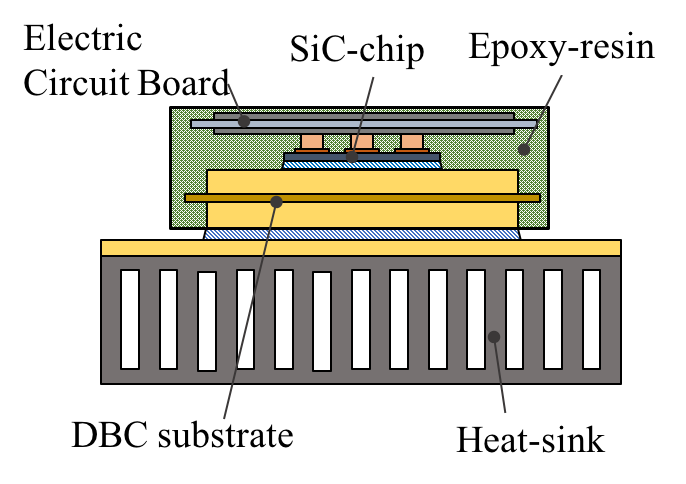
Next-Generation SiC Power Module Development
Power electronic module is an essential component in HEV and EV that processes, converts, and controls the energy in the system. With the recent development of SiC-based module, an efficient heat management system is a challenging task. We are developing a new bonding technology that can meet the requirements of the next-generation SiC-based module, and simultaneously conducting a reliability study using numerical simulation by considering various physical phenomena.
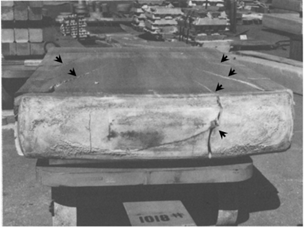
Aluminium Alloy Casting Defect Prediction
As the mechanical properties for materials used for automobile parts are improving, the application of non-eutectic wrought aluminium alloys, e.g. Al-Cu, Al-Mg into casting is highly required. However, the occurrence of defects such as solidification cracking hinders the application to the casting method. In our group, we study the phenomena of solidification cracking from various viewpoints as an attempt to further understand the factors governing the phenomena.
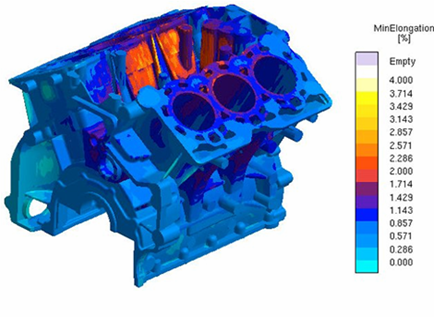
Residual Stress Prediction
Our group research interest is the residual stress generated in the casting part during the casting and heat treatment process, which is the conventional method in manufacturing automotive parts. We conduct thermal stress analysis using Computer Aided Engineering (CAE) for the purpose of predicting the residual stress and deformation occurring in casting parts during both casting and heat treatment process.
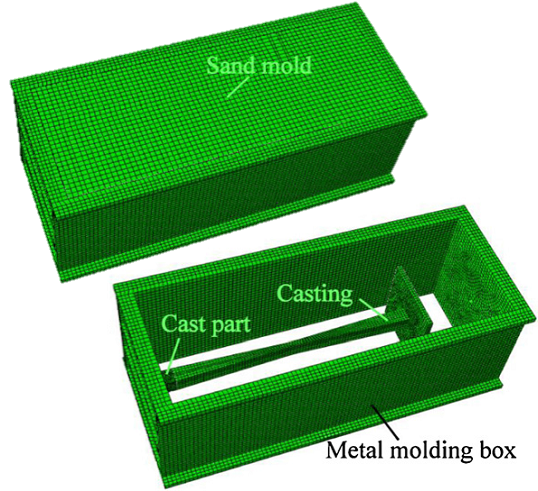
Sand Casting Deformation Prediction
Sand casting is used for manufacturing cast iron products such as cylinder heads of diesel engines, casting mold, and machine tools. During the process, residual stress and deformation are usually generated, resulted from the difference in cooling rate due to the difference in wall thickness of the casting parts, and a reaction force of the sand mold. Our group predicts the residual stress inside the casting more accurately by conducting thermal stress analysis while considering the influence of the sand reaction force.
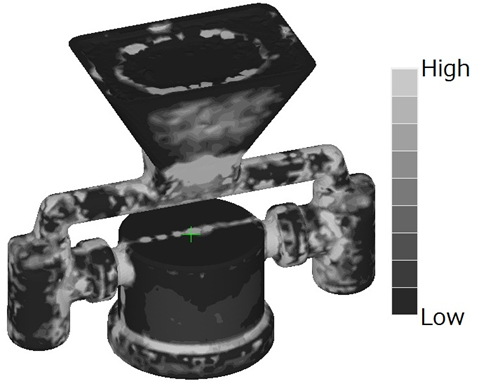
Copper Alloy Casting Defect Prediction
Copper alloy is commonly used for water supply equipments such as water valves, owing to its high corrosion resistance properties. Casting is the common method to produce water valve, but defects such as solidification cracking may occur in this process. Our group aims at predicting casting defect in copper alloy by performing thermal stress analysis using FEM.
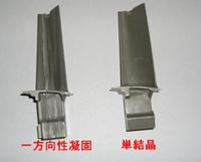
Super-Alloy Casting Defect Prediction
Turbine blades are usually produced using Ni-based super alloy by means of precision casting. However, when casting defects such as solidification cracks occur, productivity decreases and eventually lead to the increase of production cost. In common practice, casting cracks are avoided by changing the design of the mold by experience-basis, but it is becoming difficult due to the decrease in that particular of highly-experienced worker. On aiming to overcome this problem, our group has been focusing on computer simulation to predict the occurrence of solidification crack.
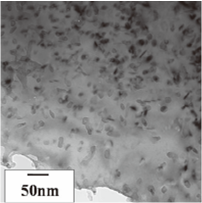
New Aluminium Alloy Development
Die casted aluminum alloys are used for cylinder blocks and chassis parts of automobiles. Die casting materials have been considered to be difficult to be subjected to heat treatment. However, owing to the development of new die casting method, heat treatment of some die cast products are made possible. Our group focuses on this heat treatment and aims to optimize the heat treatment process.
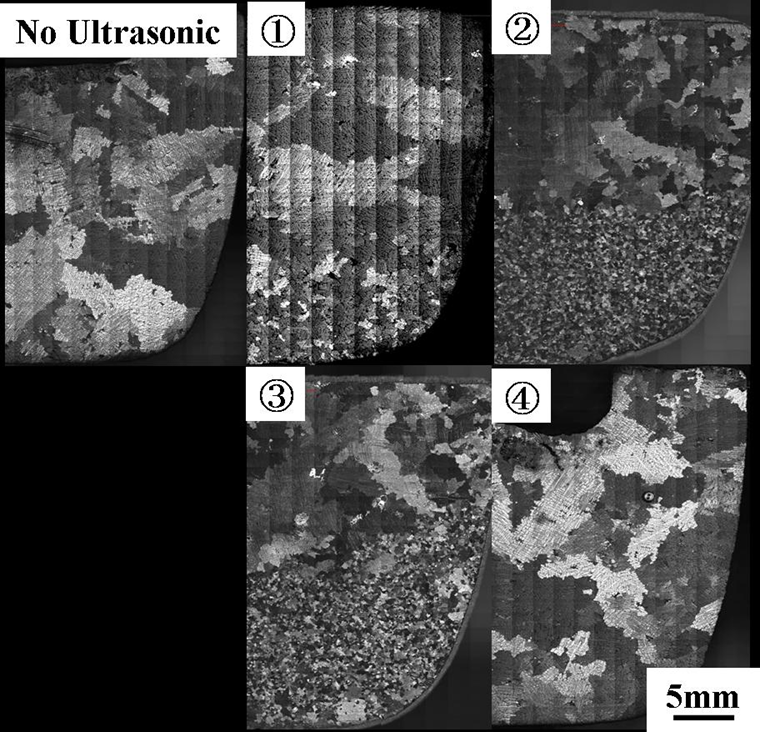
Aluminium Alloy Development with Ultrasonic Vibration Induction
Owing to its light weight and high strength features, aluminium alloy is widely used for automobile body and chassis parts. Improvement of the material microstructure is necessary to further enhance these characteristics. On developing a lighter aluminium alloy with excellent workability, our group focuses on ultrasonic vibration induction to improve the microstructure of the aluminium alloy.
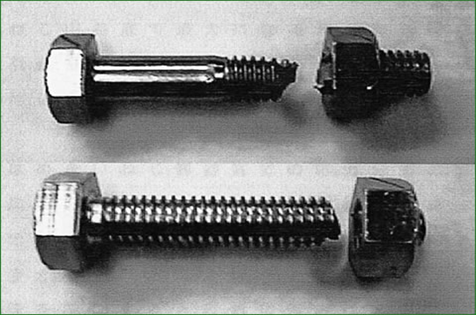
Metal Fatigue Characterization
Metal fatigue is a phenomenon in which metal damage accumulates with repetitive loading-unloading, and eventually lead to fracture. Mechanical structures are often used in an alternating fatigue environment where the tensile load and compressive load are asymmetric (mean stress do not equal to zero), which inevitably lead to repetitive creep damage. Our group proposed a novel fatigue data analysis method to elucidate the correlation between fatigue damage and repetitive creep damage.
